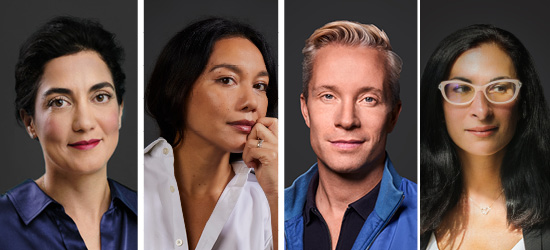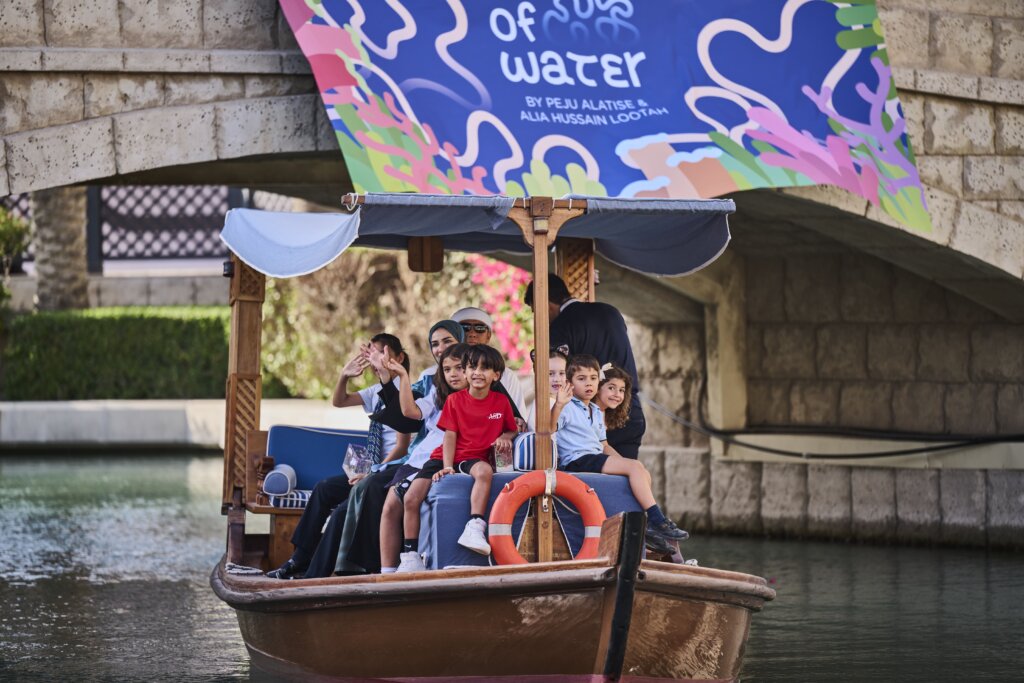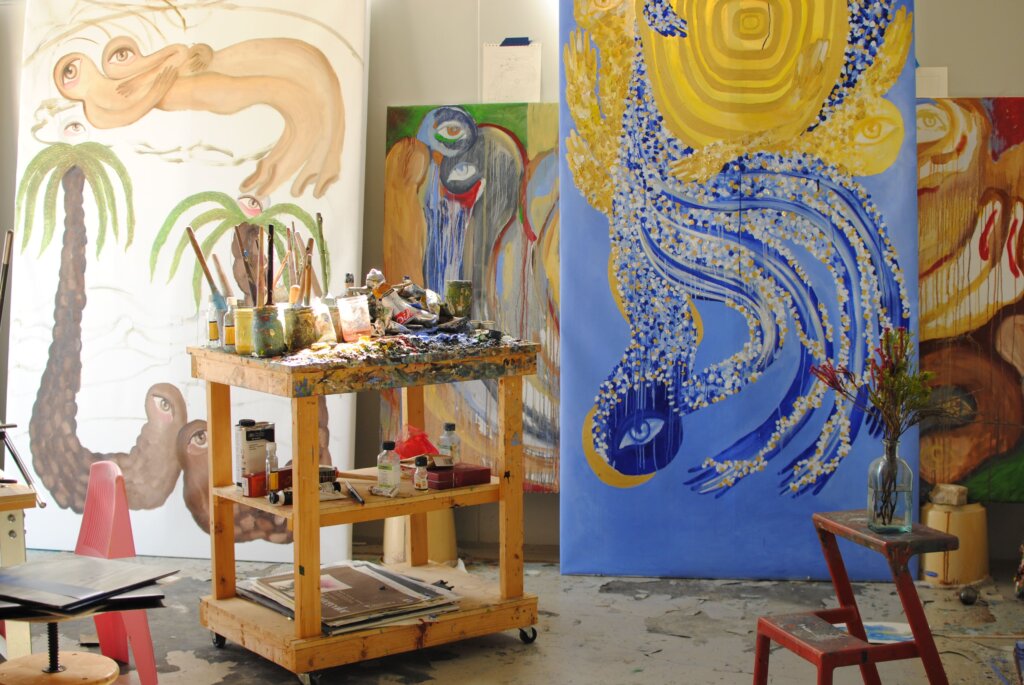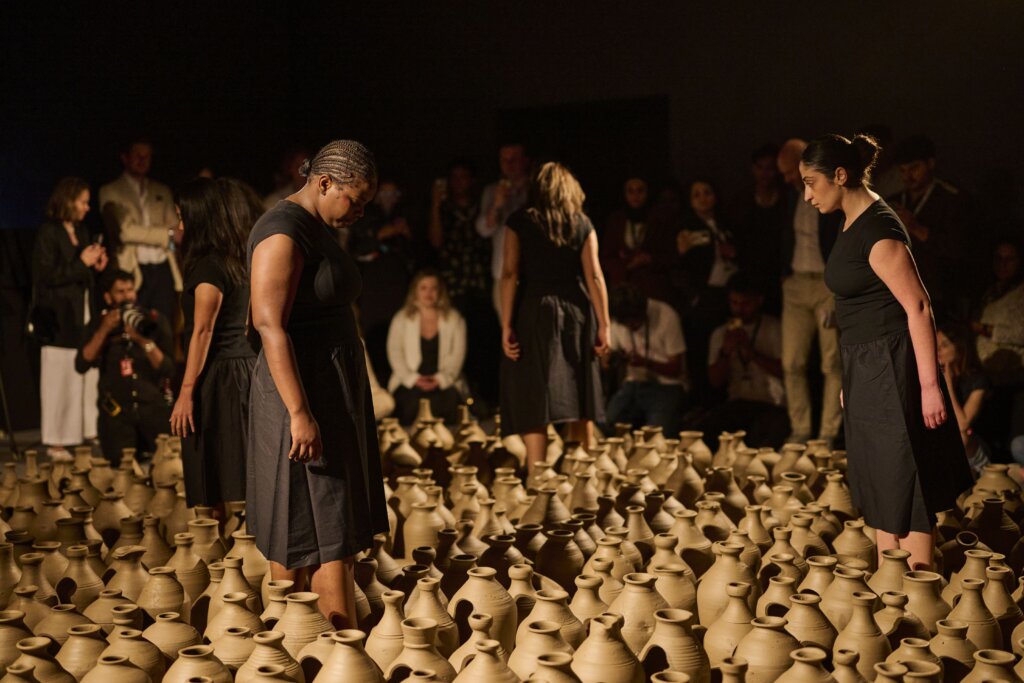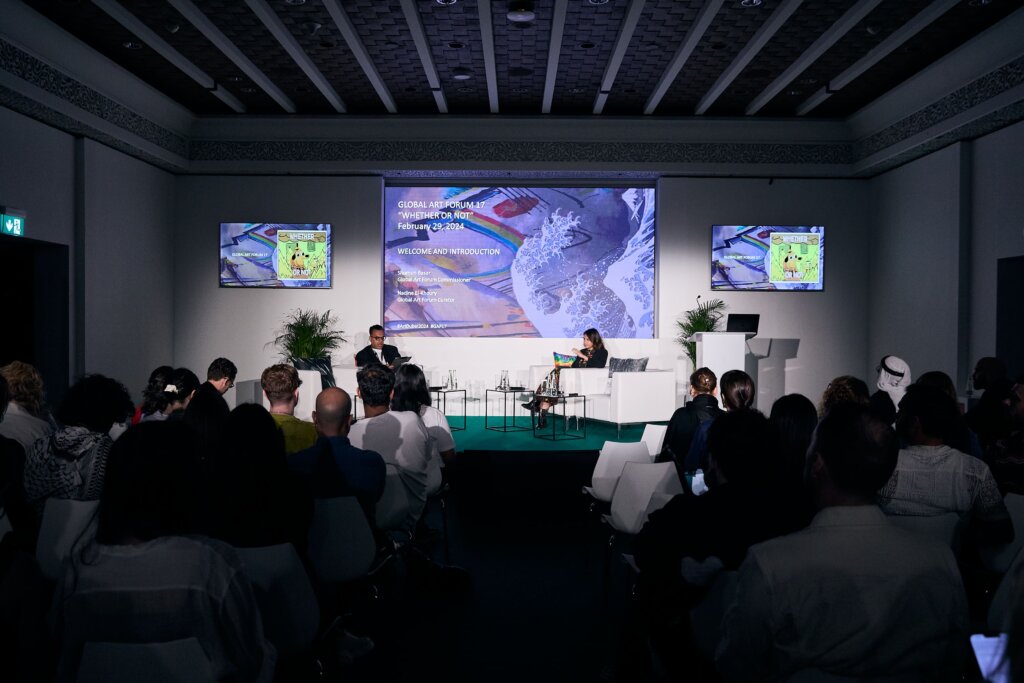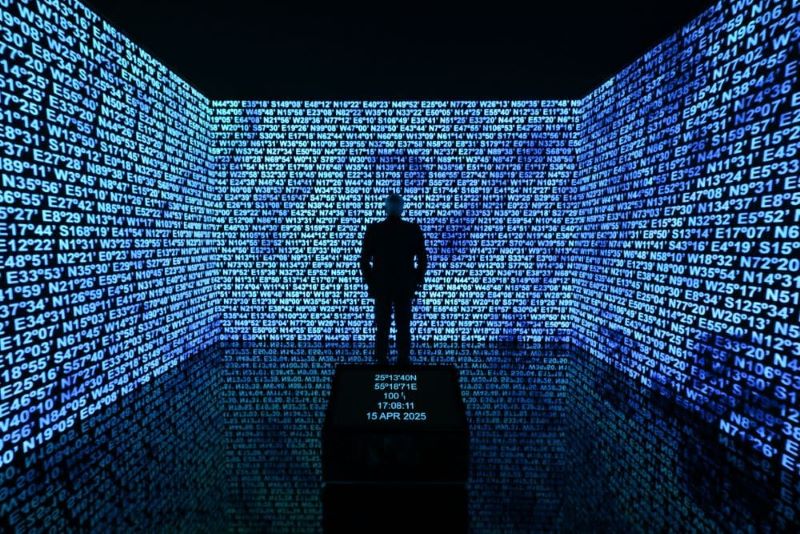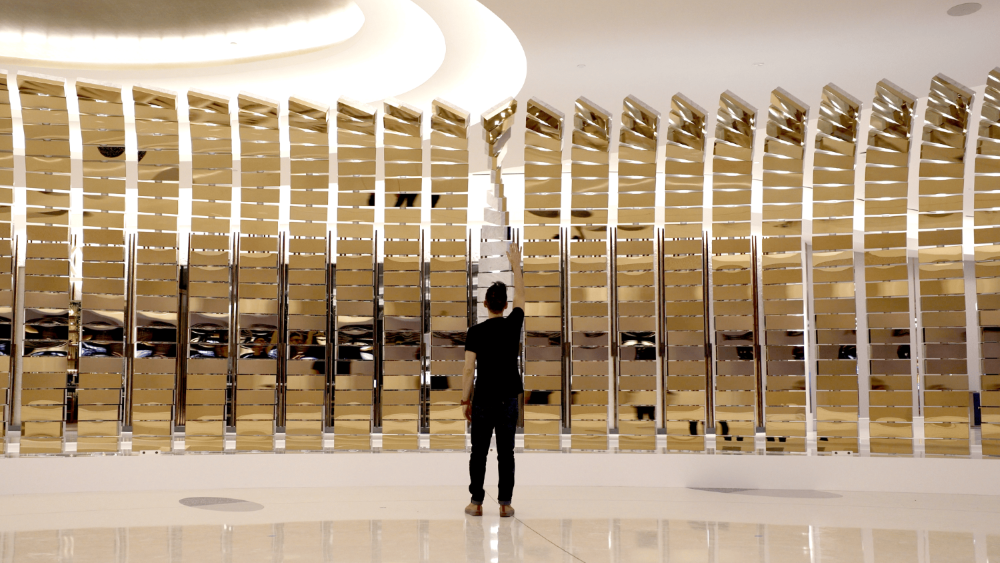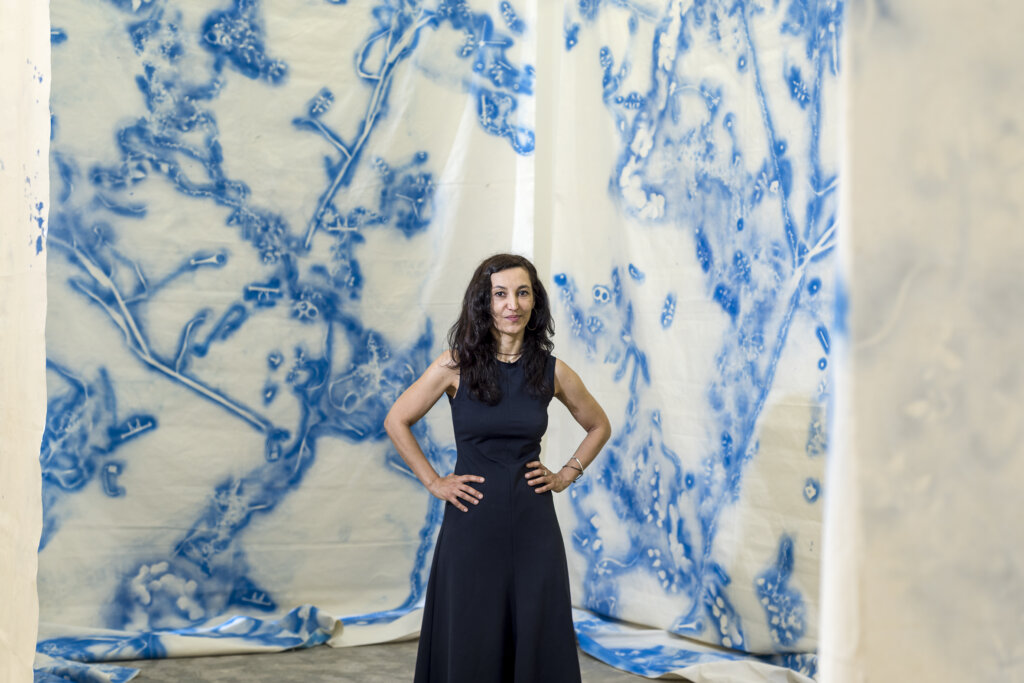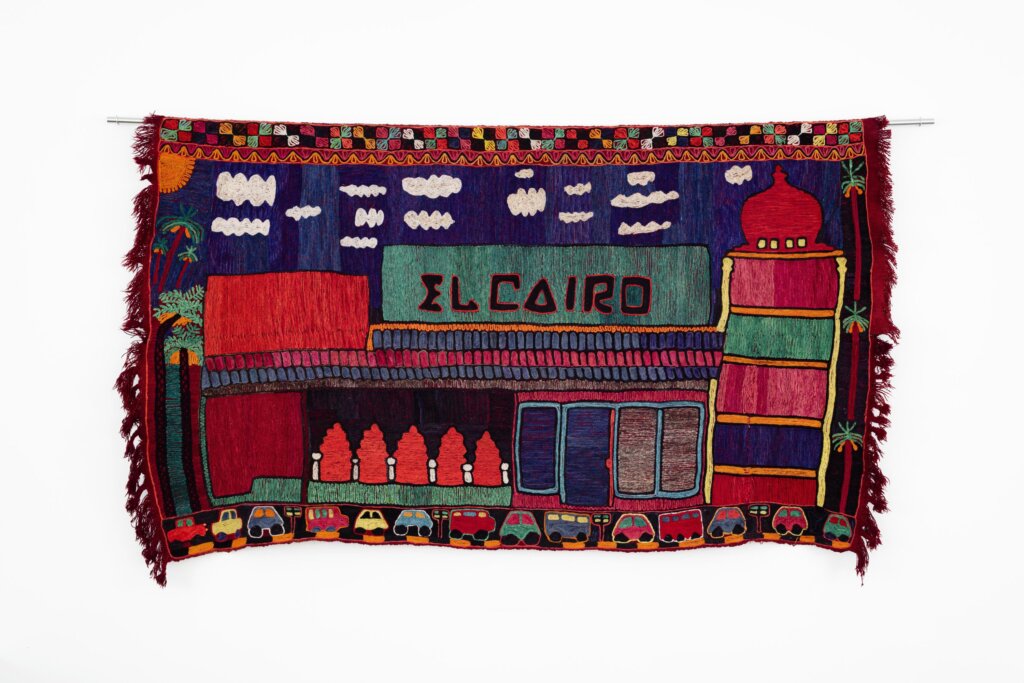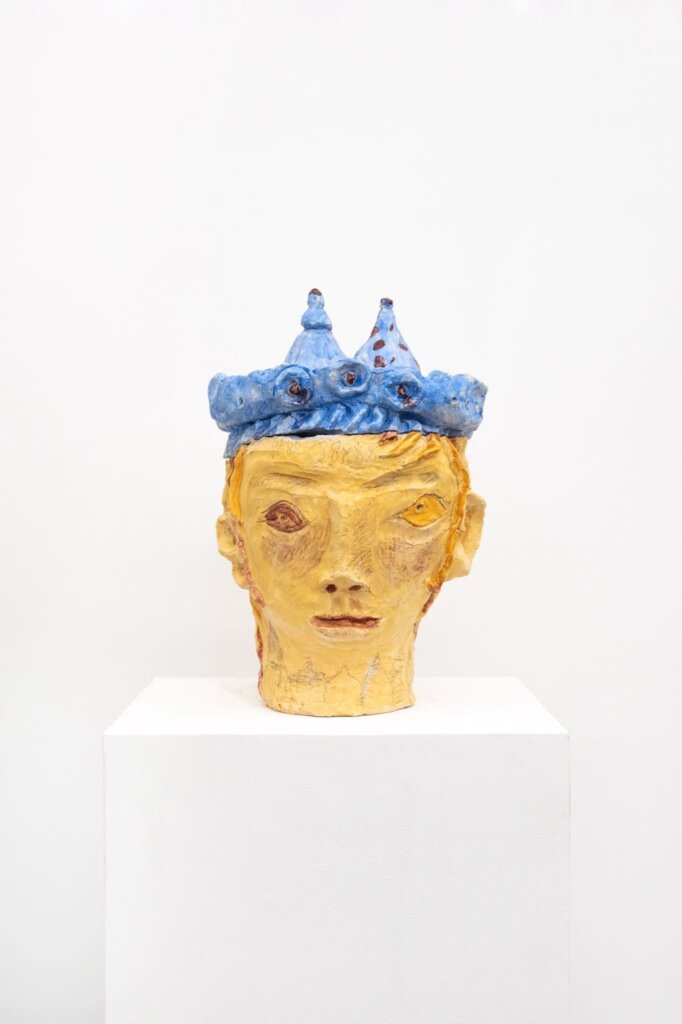The 2018 edition of the Abraaj Group Art Prize will mark its 10th anniversary. Over the years, the Prize has provided support and become a stepping stone for many mid-career artists from the Middle East, Africa and South Asia, many of whom have gone on to become well-known names in the international art world, represented by high-profile galleries and with shows in prominent art institutions all over the world. As Art Dubai prepares for the 10th iteration of the Prize, we have gone through our archive and selected a highlight from each of the past nine years.
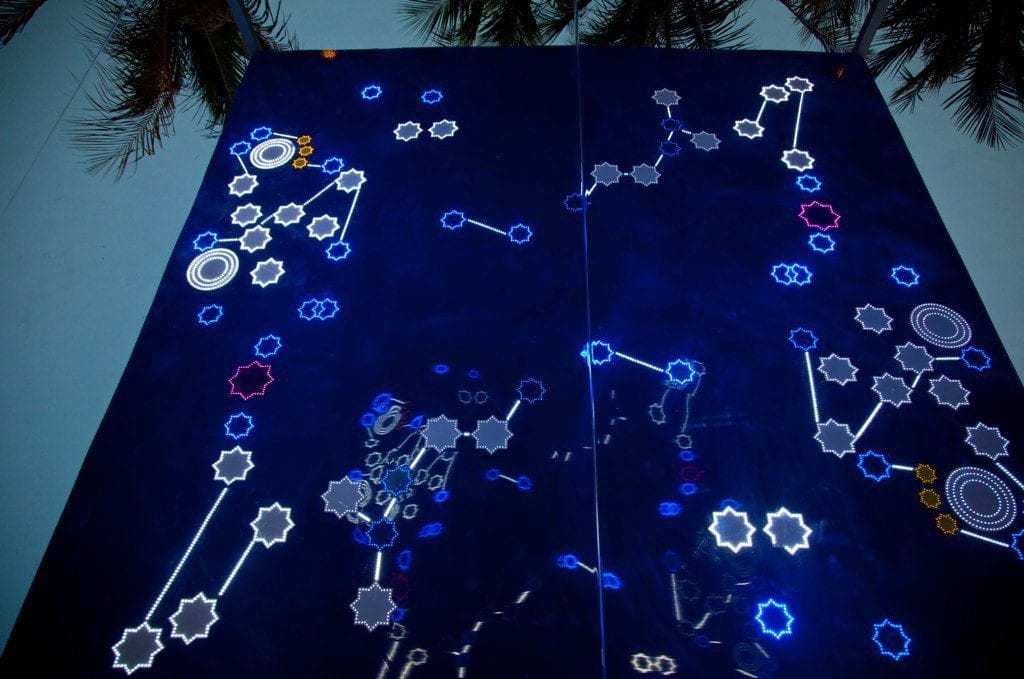
Zoulikha Bouabdellah, Walk On The Sky, Pisces, 2009. Photo Courtesy Vipul Sangoi.
1. Zoulikha Bouabdellah with Curator Carol Solomon, Walk On The Sky, Pisces, 2009
One of the winners of the first iteration of the Abraaj Group Art Prize is Moscow-born, Algerian artist Zoulikha Bouabdellah. Walk on the Sky, Pisces was an evocative installation piece that recreated the night sky illuminated by a discernible astrological constellation. Its debut at Art Dubai in March, took place when Pisces was in the sky. The exhibition of Bouabdellah’s work was prepared in collaboration with curator Carol Solomon, who received a Fulbright grant for research on contemporary art in North Africa in 2013 and again in 2016-18.
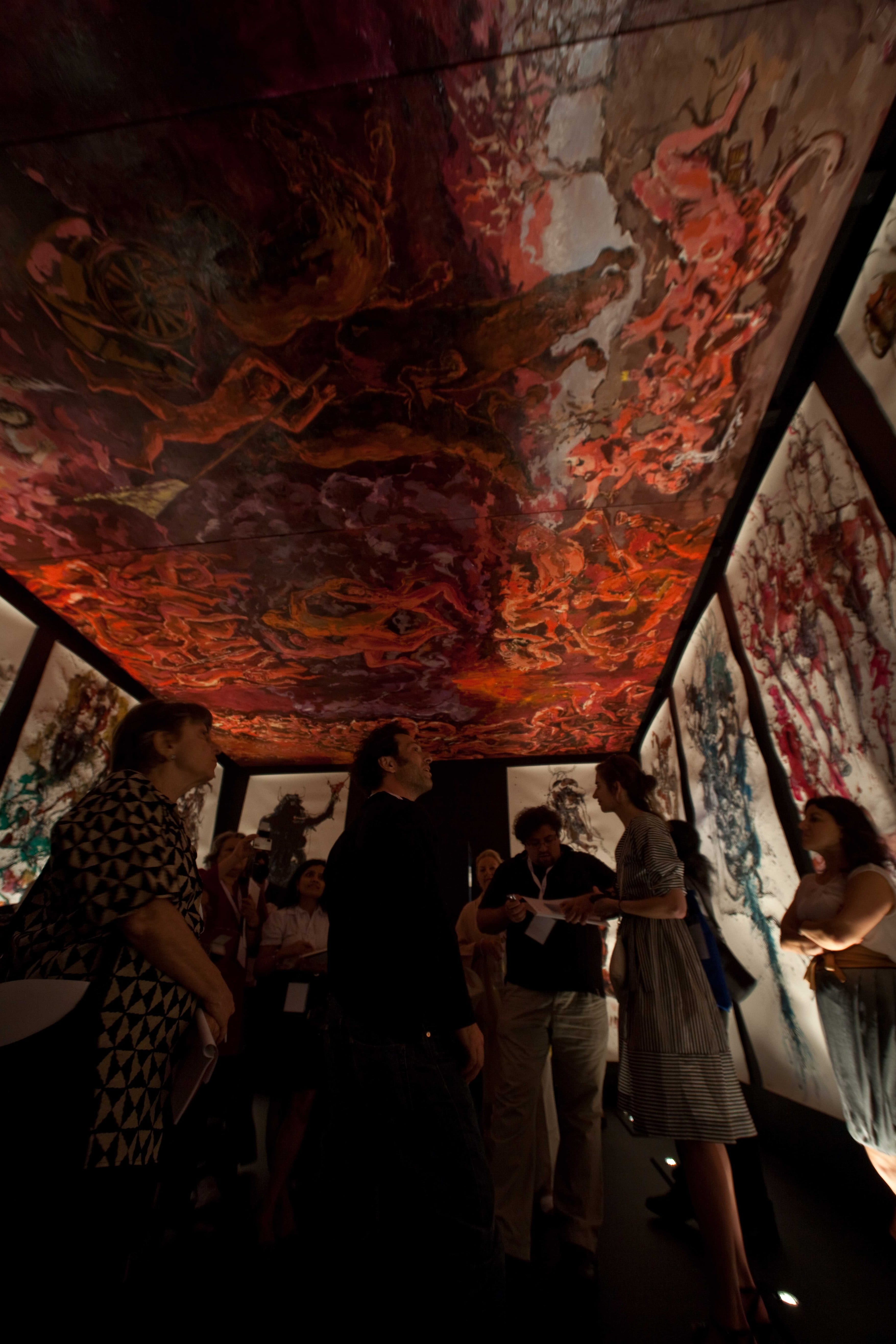
Marwan Sahmarani, The Feast Of The Damned, 2010. Photo Courtesy Max Milligan.
2. Marwan Sahmarani with Curator Mahita El Bacha Urieta, The Feast of the Damned, 2010
The Feast of the Damned is an installation integrating painting, drawing, ceramics and film inspired by Hell: Fall of the Condemned Ones, by Rubens, and Michelangelo’s The Last Judgement in the Sistine Chapel. Sahmarani’s three-dimensional space presents themes of martyrdom and expiation that are dealt with in a way that resembles the millennia-old techniques of fresco painting in combination with contemporary media.
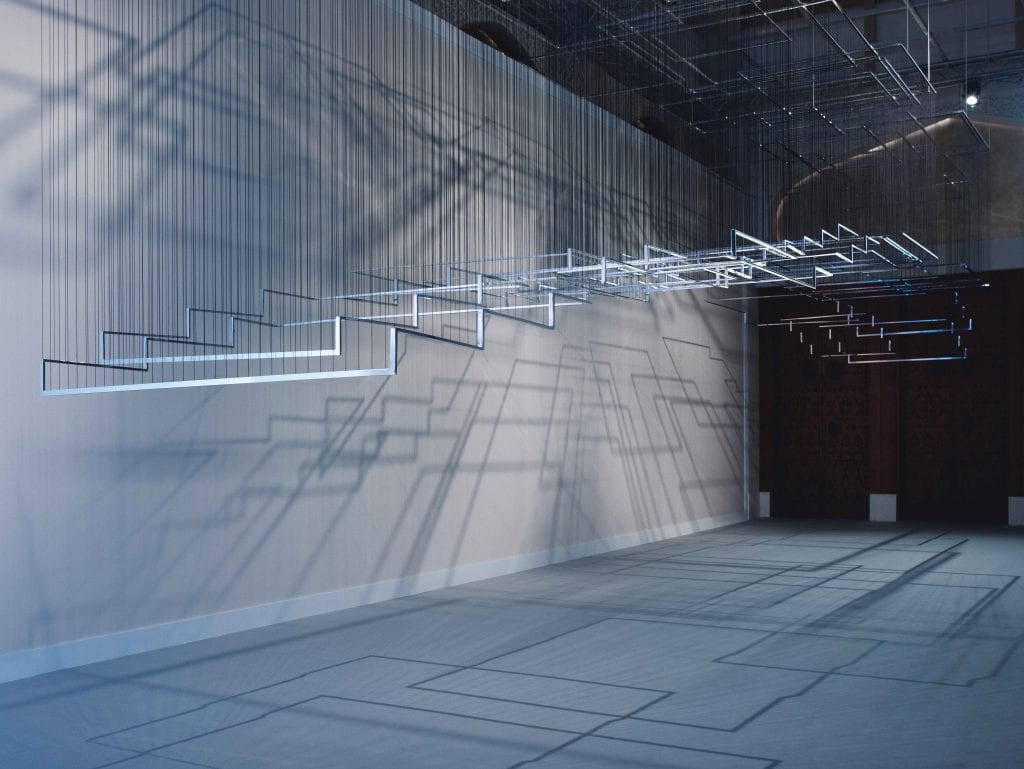
Nadia Kaabi-Linke, Flying Carpets, 2011. Photo Courtesy Tom Brown.
3. Nadia Kaabi-Linke, Flying Carpets, 2011
One of the 2011 Prize winners, Tunisian-born artist Nadia Kaabi-Linke created the installation Flying Carpets. Made of shining metal and rubber threads, and hovering in the space above the viewer’s heads, it highlighted the plight of hawkers who sell counterfeit goods on the streets of Venice. A second edition of Flying Carpets was acquired by the Guggenheim Museum in New York in 2016.
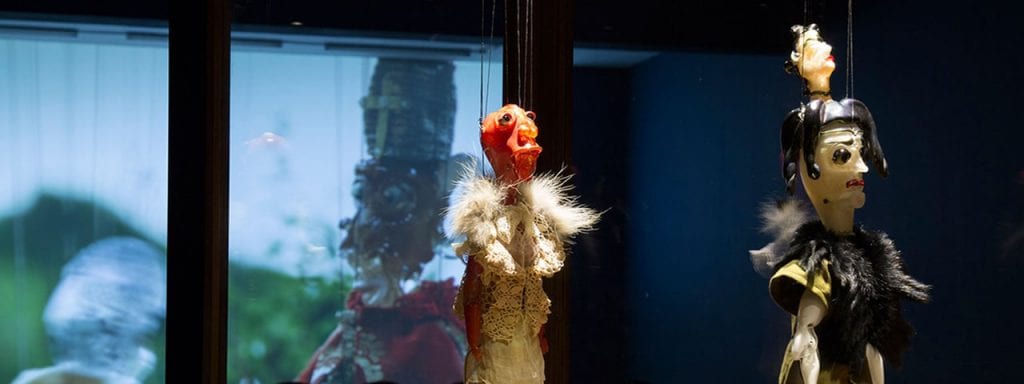
Wael Shawky, Marionettes, 2012. Photo Courtesy The Abraaj Group.
4. Wael Shawky, A Glimpse of Clean History, 2012
In A Glimpse of Clean History, 2012 winner Wael Shawky introduced his own transformation, albeit with a critical twist: a three-dimensional object in the form of a medieval marionette theatre with ceramic dolls. Viewers were only privy to the scene for a short period of time. The grand velvet drapes open mechanically revealing the interior diorama of the marionette stage – for one minute – then closes again.
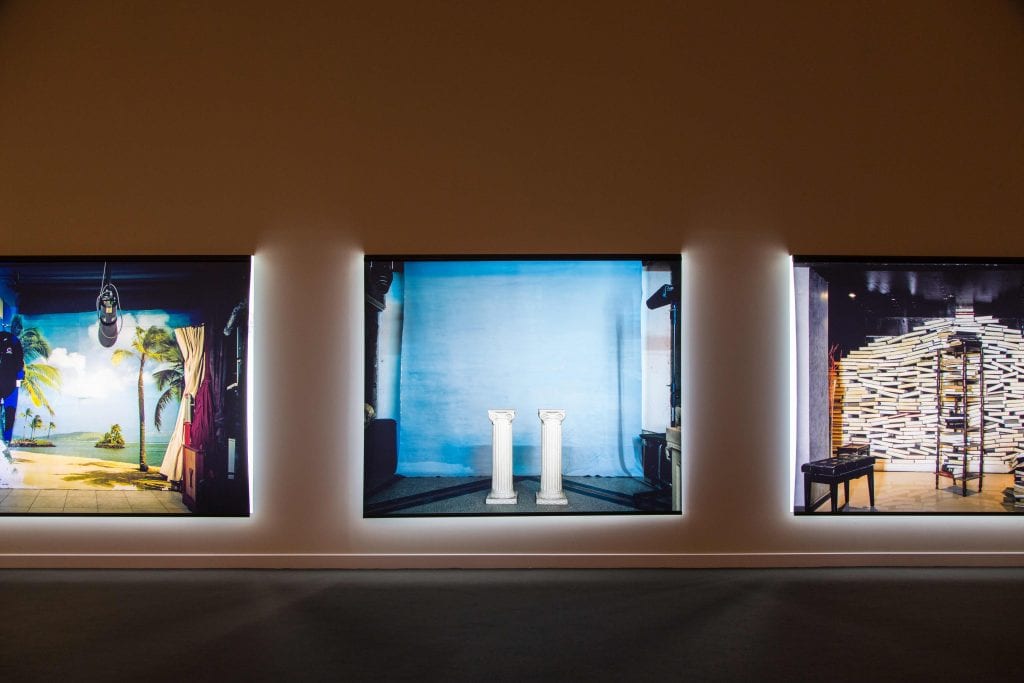
Hrair Sarkissian, Background, 2013. Photo Courtesy Vipul Sangoi.
5. Hrair Sarkissian, Background, 2013
Hrair Sarkissian, one of the 2013 winners, is a photographer, living and working in London. He visited and shot hundreds of photography studios in six major Middle Eastern cities — Alexandria, Amman, Beirut, Byblos, Cairo and Istanbul — before selecting the images that form Background, which marks the eclipse of a tradition of studio portraiture integral to the 20th century history of photography in the Middle East.
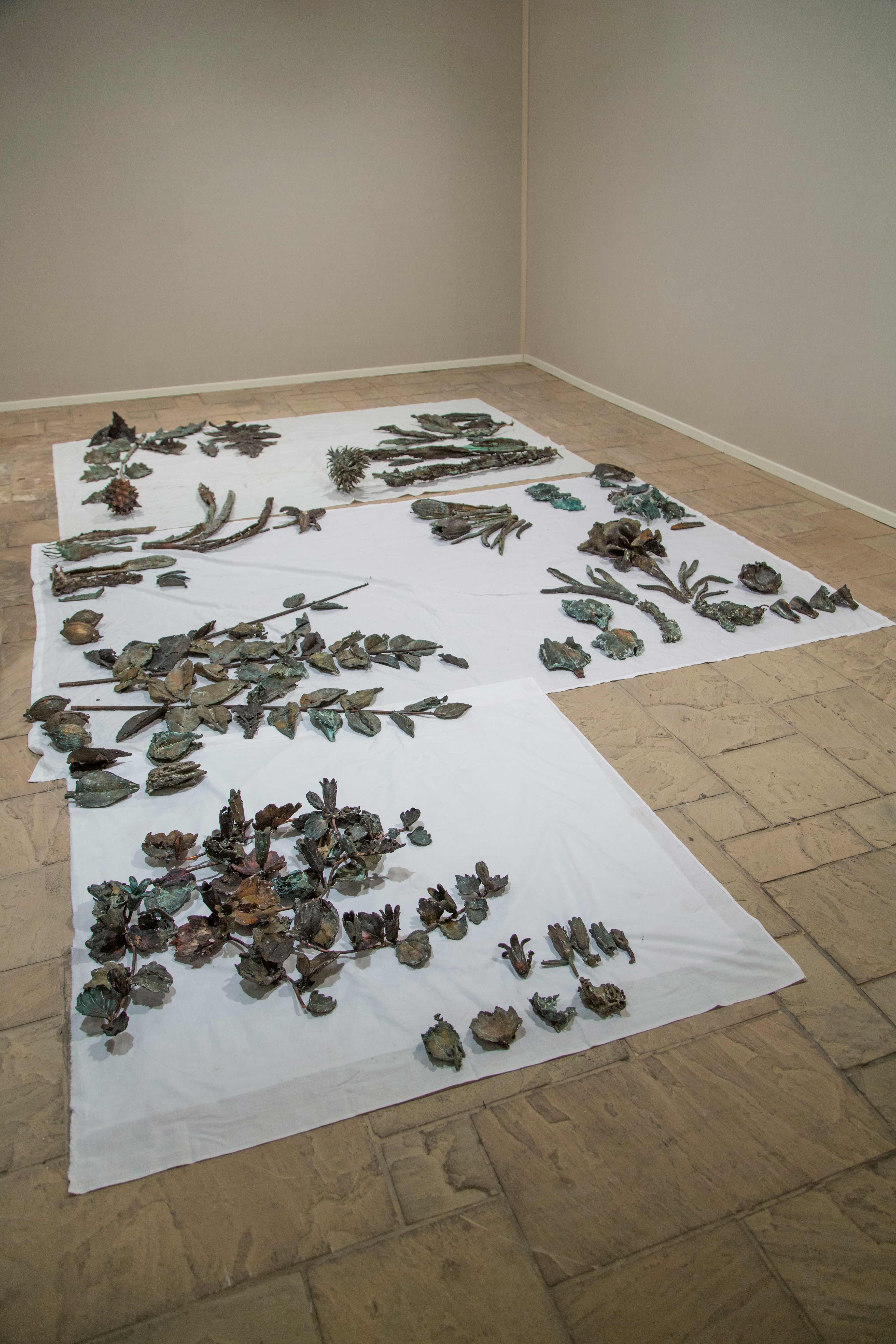
Abbas Akhavan, Study For A Hanging Garden, 2014. Photo Courtesy Vipul Sangoi.
6. Abbas Akhavan, Study for a Hanging Garden, 2014
A 2014 winner, Abbas Akhavan produced his floor-based sculptural work, which looks towards his native Iran, analysing the effects of time on power. Plant and animal species, gardens, and monuments have been an ongoing interest for Akhavan, and in this work, they coalesce to reference ancient mythological gardens, recent political climates, plant taxonomy, and fragile contemporary ecologies.
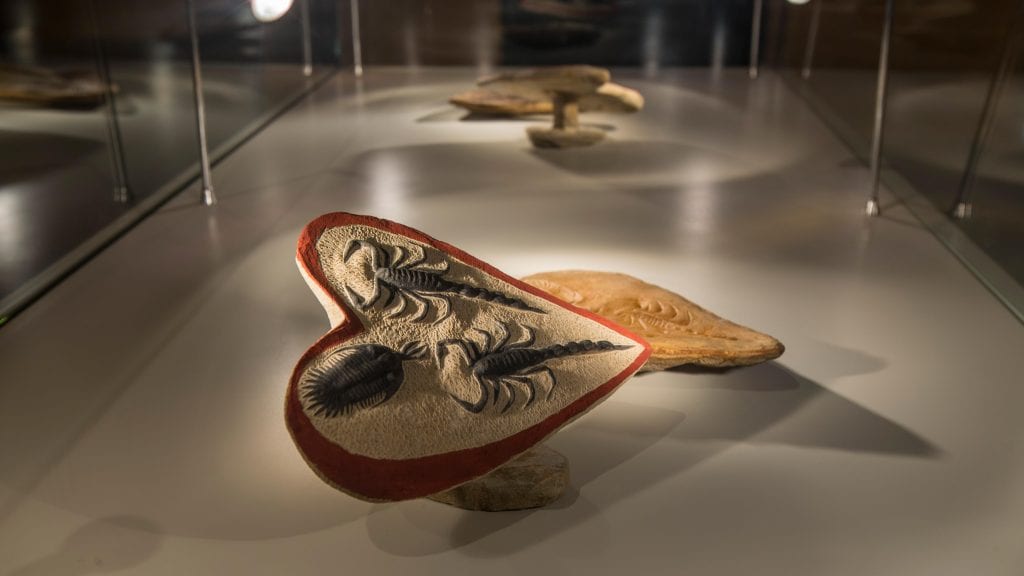
Yto Barrada, Faux Départ, 2015. Photo Courtesy Vipul Sangoi
7. Yto Barrada, Faux Départ, 2015
In her film Faux Départ (False Start) Moroccan artist and 2015 winner Yto Barrada questions the authenticity of history and museology through the study of paleontology in Morocco. Reprimanding the thirst for foreign objects, Barrada’s film examines the authenticity and forgery of artifacts and their meaning for the creation of Morocco’s national narrative. Faux Départ was later shown at the Toronto International Film Festival (TIFF 4.0).

Basel Abbas and Ruanne Abou-Rahme, Only The Beloved Keeps Our Secrets, 2016. Photo Courtesy The Studio Dubai.
8. Basel Abbas and Ruanne Abou-Rahme, Only The Beloved Keeps Our Secrets, 2016
The 2016 winning artist duo Basel Abbas and Ruanne Abou-Rahme created the video installation Only The Beloved Keeps Our Secrets, which examines how modern-day technologies, particularly the Internet, can enable a continued existence for those who are deceased. Found material from a variety of sources, including images, texts and testimonies, were collaged within the installation to complete the final piece.
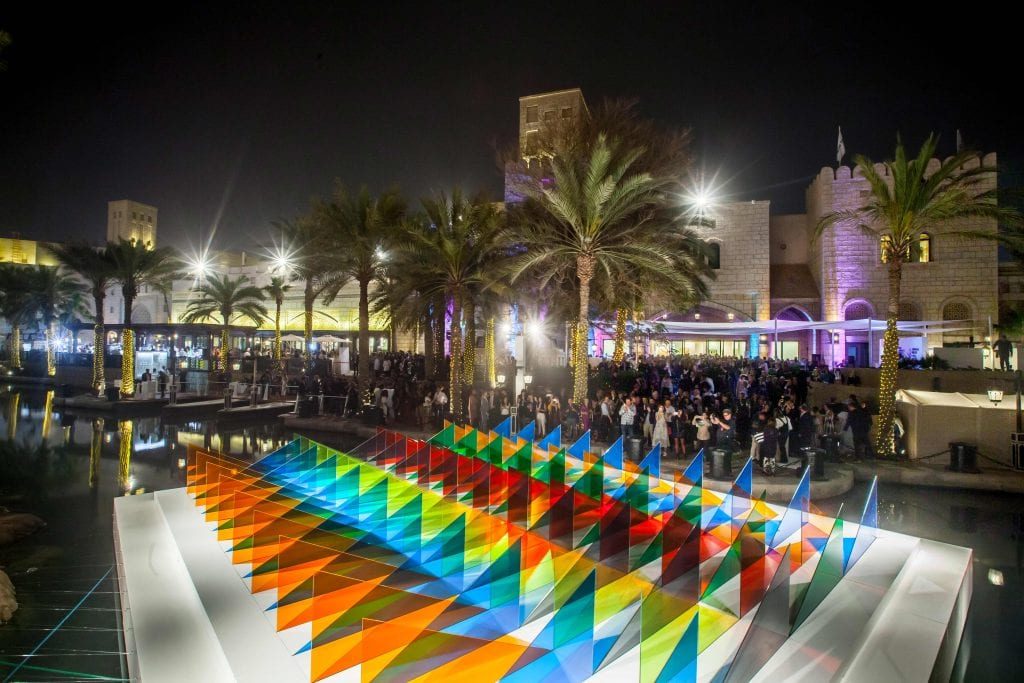
Rana Begum, No. 695, 2017. Photo Courtesy Photo Solutions.
9. Rana Begum, No. 695, 2017
Floating on a white platform in the water around Fort Island, Rana Begum’s monumental installation No. 695, became one of the most iconic images of Art Dubai 2017. Partly inspired by Islamic geometry and architecture, the London-based Bangladeshi artist used 80 transparent glass panels to create her large-scale installation, playing with the changing reflections of the individual plates, created by the shift in the incoming light throughout the day.
For more information on the current previous editions of the Abraaj Group Art Prize visit: https://www.artdubai.ae/abraaj-group-art-prize-2017/




